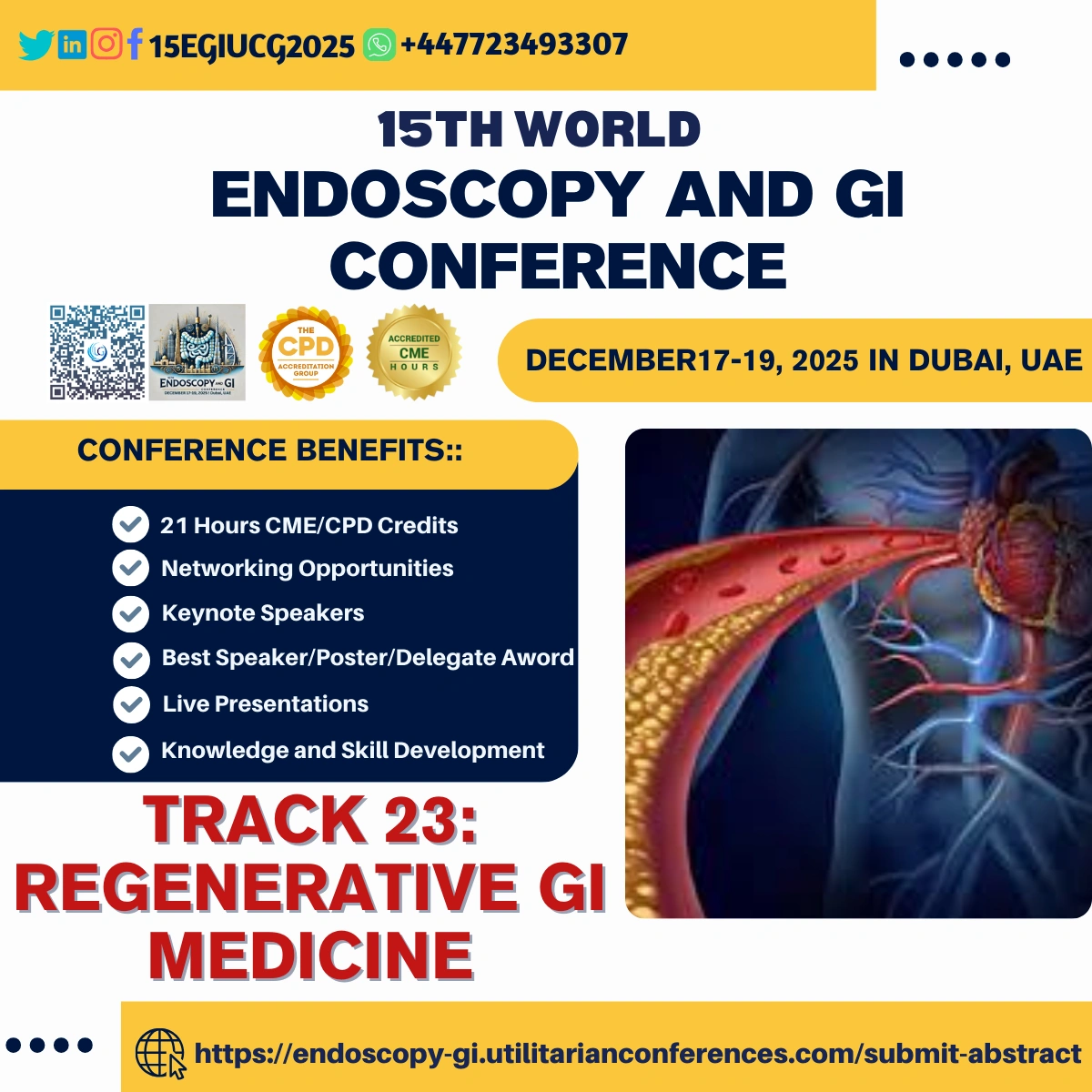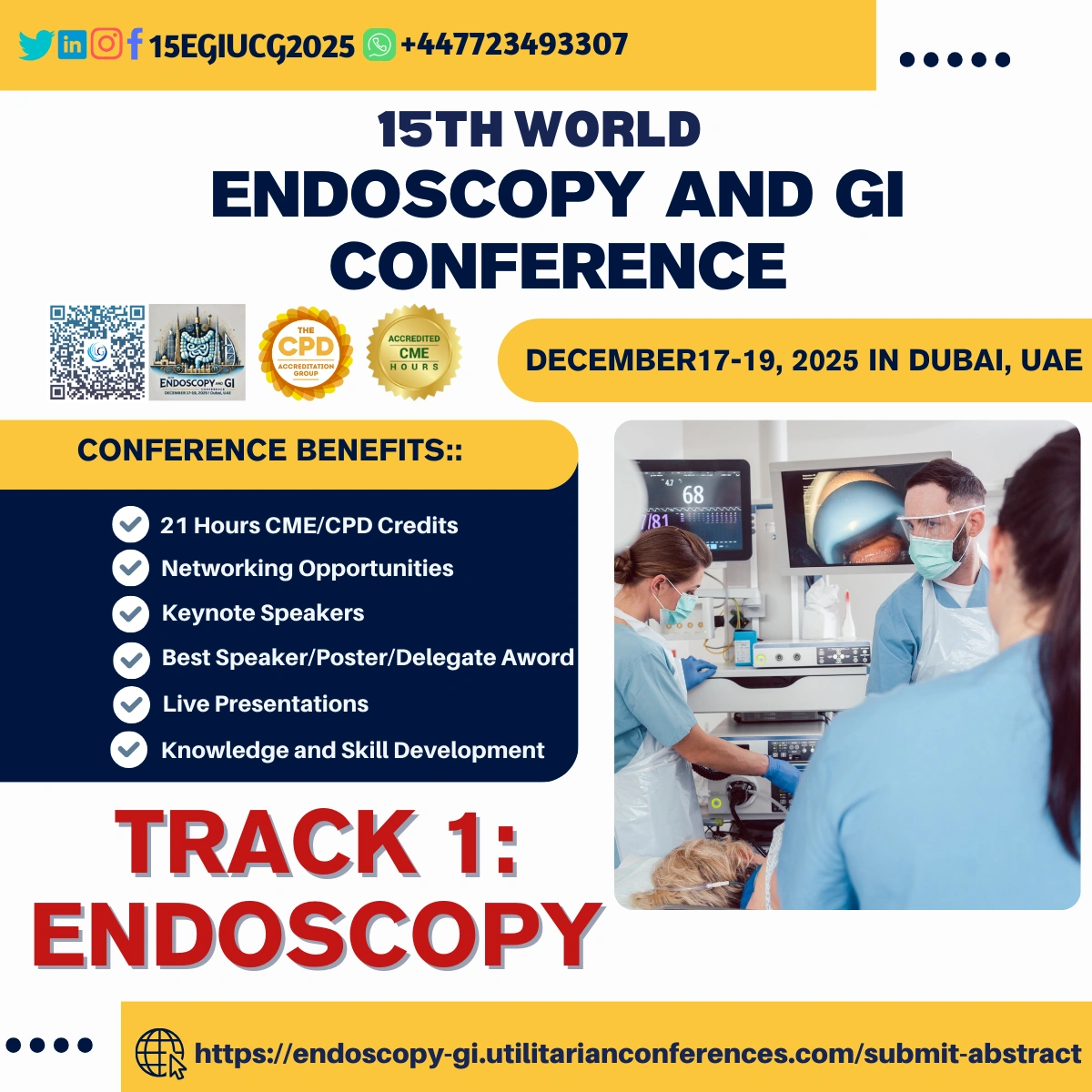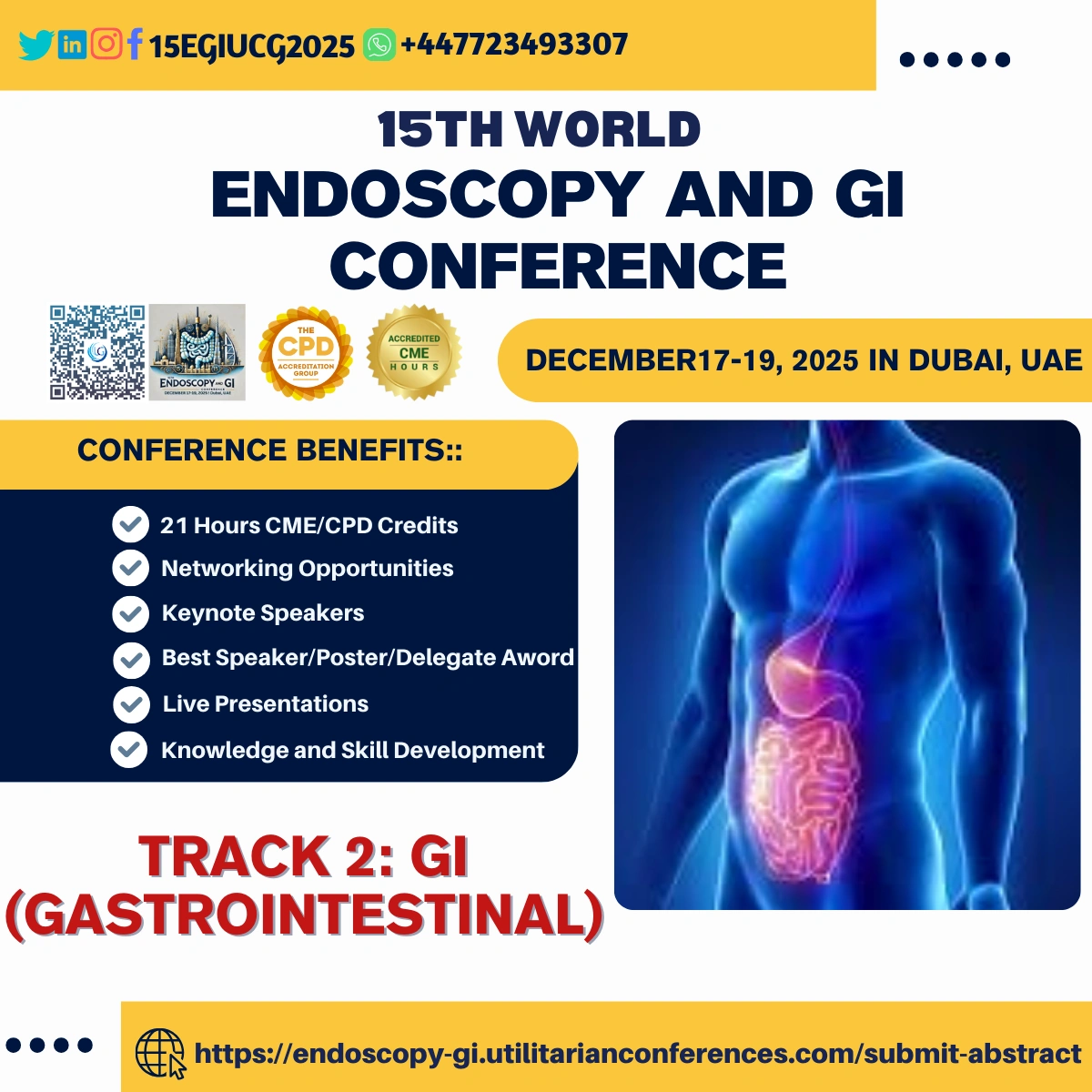Regenerative GI Medicine refers to an emerging area of gastroenterology that focuses on using advanced biological techniques and therapies to repair, regenerate, or replace damaged tissues within the gastrointestinal (GI) tract. The goal is to restore normal function to the GI system, improve patient outcomes, and potentially offer new treatments for chronic GI diseases that may not respond well to traditional therapies.
Regenerative medicine in the context of GI health uses a variety of innovative approaches, including stem cell therapies, tissue engineering, and biologic therapies, to encourage healing, tissue regeneration, and repair of damaged organs or structures within the digestive system.
Key Components of Regenerative GI Medicine:
Stem Cell Therapy:
- Stem cells are undifferentiated cells that have the potential to develop into different types of cells. In regenerative GI medicine, stem cells are used to regenerate damaged tissues in the GI tract.
- Types of stem cells used include mesenchymal stem cells (MSCs), induced pluripotent stem cells (iPSCs), and embryonic stem cells.
- These cells can help repair damaged mucosal lining, muscle layers, and even nerve tissue in diseases like Crohn’s disease, ulcerative colitis, or gastroparesis.
Tissue Engineering:
- Tissue engineering involves creating lab-grown tissues or organs that can replace damaged ones. In GI medicine, this could involve growing a new layer of intestinal lining or repairing damaged structures like the esophagus or stomach.
- It involves using scaffolds (biodegradable materials) to support cell growth and creating functional tissues for transplantation or repair.
Regenerative Biologics and Growth Factors:
- Growth factors and cytokines can promote tissue regeneration. These biological molecules can stimulate the body’s own repair mechanisms and encourage cell regeneration in injured or diseased GI tissues.
- Platelet-rich plasma (PRP), stem cell-derived exosomes, and transforming growth factor-beta (TGF-β) are examples of biologic agents used to promote healing and repair in GI diseases.
Gene Therapy:
- Gene therapy aims to repair or replace defective genes that contribute to GI diseases, offering the potential to address the root causes of conditions such as familial adenomatous polyposis (FAP), Hirschsprung disease, or certain types of gastrointestinal cancer.
- By introducing functional genes into cells, gene therapy may help regenerate damaged tissues and restore normal GI function.
Intestinal Microbiome Therapy:
- The gut microbiome plays a crucial role in maintaining a healthy GI tract. Regenerative GI medicine also explores how modifying the gut microbiome through probiotics, prebiotics, fecal microbiota transplantation (FMT), and microbiome-based therapies can help restore healthy GI function, especially in patients with conditions like inflammatory bowel disease (IBD) or irritable bowel syndrome (IBS).
- Research in this area investigates how promoting a healthy microbial community can facilitate tissue regeneration and immune modulation.
3D Bioprinting for GI Tissues:
- 3D bioprinting is an innovative technology that allows for the creation of complex tissues by printing cells and biomaterials layer by layer. In GI regenerative medicine, it has the potential to create functional tissues, such as small intestine or liver tissue, for transplantation or repair purposes.
- 3D bioprinting may help address the limitations of organ shortages and offer new solutions for GI tissue replacement.
Personalized and Precision Medicine:
- Regenerative GI medicine includes the concept of personalized medicine, which tailors treatment based on an individual’s genetic makeup, microbiome, and unique disease profile.
- This approach helps identify the most effective regenerative therapies for a specific patient, improving treatment outcomes and minimizing side effects.
Applications of Regenerative GI Medicine:
Inflammatory Bowel Diseases (IBD):
- In patients with Crohn’s disease and ulcerative colitis, regenerative therapies can help repair the damaged intestinal lining, promote mucosal healing, and prevent the need for invasive surgeries such as colectomies.
Liver Diseases:
- Liver fibrosis and cirrhosis can be addressed with regenerative therapies that use stem cells, growth factors, and tissue engineering to regenerate liver tissue and reduce fibrosis progression.
- In some cases, liver regeneration can be achieved through gene therapy or stem cell-based therapies to improve liver function and avoid the need for a liver transplant.
Gastroparesis:
- Gastroparesis is a condition where the stomach's motility is impaired, often due to nerve damage. Regenerative GI medicine may help regenerate damaged nerves using stem cells or neurotrophic factors to restore normal stomach function.
Esophageal Conditions:
- Conditions like Barrett’s esophagus or esophageal strictures caused by chronic acid reflux can be treated with regenerative techniques to repair the damaged esophageal lining or smooth muscle.
GI Cancer:
- Regenerative therapies are being explored for patients who undergo resection of GI cancers to repair and regenerate the damaged tissues post-surgery. Additionally, stem cell-based therapies could potentially be used to treat precancerous lesions or early-stage cancers.
Intestinal Perforations or Strictures:
- Conditions like intestinal strictures or perforations, often resulting from diseases such as Crohn’s disease, may be addressed by tissue engineering or stem cell therapy to repair or regenerate damaged parts of the intestines.
Challenges and Future Directions:
- Safety: Ensuring that regenerative therapies are safe, effective, and do not cause harmful side effects (e.g., tumor formation).
- Scalability: Developing scalable and cost-effective methods for tissue engineering and stem cell therapies.
- Ethical Considerations: Addressing ethical concerns surrounding stem cell research, gene therapy, and the use of fetal-derived cells.
- Clinical Integration: The integration of regenerative therapies into mainstream clinical practice and ensuring their accessibility to patients.
In summary, Regenerative GI Medicine holds great promise in revolutionizing the treatment of chronic and severe GI diseases by using cutting-edge biological techniques to regenerate tissues, repair damage, and restore function in the gastrointestinal tract. This field is still in its early stages, but it offers hope for patients suffering from diseases that currently have limited treatment options.
Sub Topic: The importance of tissue regeneration, repair, and restoration in GI health, Stem Cell Therapy in GI Medicine, Tissue Engineering in Gastroenterology, Growth Factors and Cytokines in GI Regeneration, The future of gene therapy in regenerative GI medicine, Regenerative Approaches for Inflammatory Bowel Disease (IBD), Regenerative Medicine for Gastrointestinal Cancer, The role of regenerative therapies in treating short bowel syndrome, 3D Bioprinting in GI Medicine, Microbiome and Regenerative GI Medicine.





